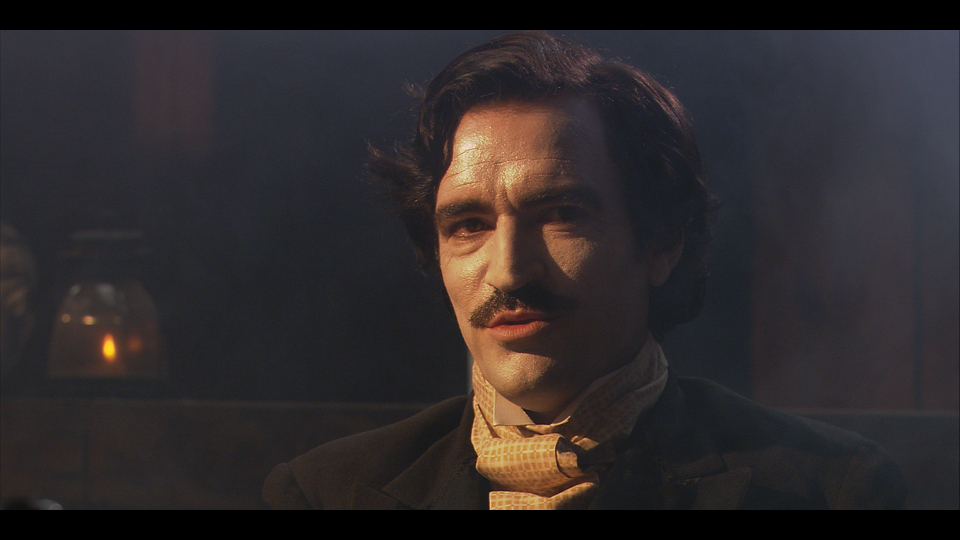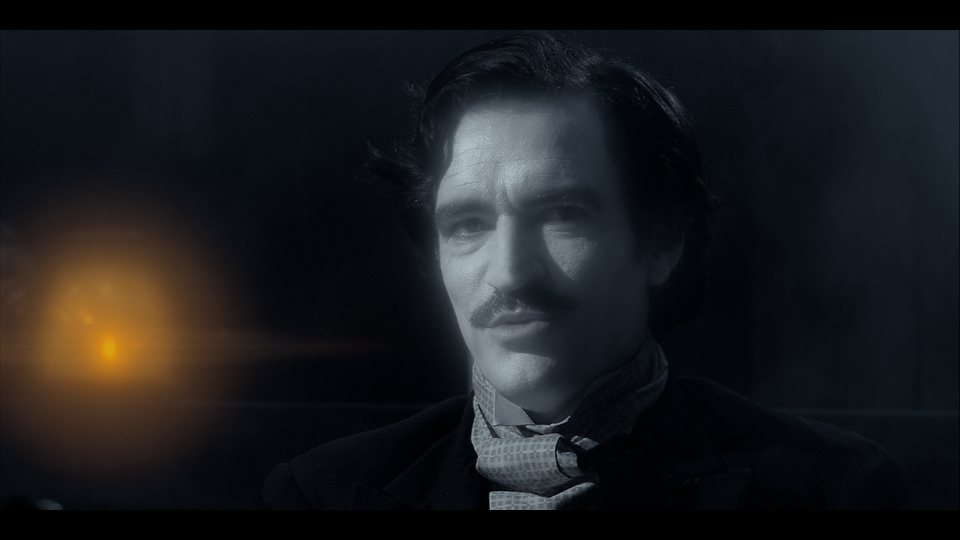For Twixt, Francis Ford Coppola’s latest feature, SPY Post was called on to create more than 400 visual effects shots of the eerie ghosts, along with color grading and stereo integration. SPY’s executive producer Amy Wixson tells us about the work.
– Above: watch the ‘Twixt’ trailer.
fxg: When Spy Post came onto the film, what were you asked to do?
Amy Wixson: When they shot the film, the actors that were to be ghosts were shot with a special make-up that actually has a metallic base in it, so when the light hits it, it has a glow to it. Francis didn’t have a specific approach to what they would do with day for night at that stage – he wanted to take the make-up and enhance it. And then we added some ghost trails and a particle-ly, glow-y and smokey feel to it, and he really liked that.
If you notice, their entire bodies are not ghosted – just their skin. So only things that were exposed, like their hands or neck or face, were ghosted.

fxg: In terms of the look you finally achieved, did you try a few tests or concepts first?
Wixson: We did. Mihai Malaimare, who was the DP, was also acting as the visual effects supervisor for Francis. So between he and Francis, they definitely took to our first idea of a little bit of a trail and a glow to make it feel dreamy. They really liked the ethereal feeling. In testing we had to work out how much to dial it up or down. And that subsequently played into what we were developing at the same time which was the color treatment for those sequences.
fxg: How did you identify the shots that needed augmenting?
Wixson: Once we went through the sequences they wanted the look applied to, the filmmakers decided there would be a handful of sequences they wanted exaggerated in a certain way. There was a sequence with the lemons in the church. They went with a desaturated look with the ghosts and then adding in color for certain items. There was also a scene in the hotel where the curtains and the fire were dialed back. We had to rotoscope the elements they wanted to isolate and direct color into. The film was shot full color in HD, and it now has a really creepy feeling. We developed our ghost effect in Nuke, and we did rotoscoping of the isolating features.

fxg: What sort of team did you have on the project?
Wixson: Our team at its largest point was probably 20 artists, but we were on the show for about five months, so we had a smaller team there for the duration. The core team was three artists and the colorists.
fxg: There are some select 3D sequences in the film too. Can you talk about those?
Wixson: Another vendor worked on those sequences, which are just two sequences. But we did do the final conform and produced the DCP – the digital cinema package to send out for projection. That was an interesting component. Because the film had stereo elements and 2D elements, what we ended up doing was take the 2D scenes in the film and color treat them. Basically we had to saturate them because when they’re played in a stereoscopic environment they become desaturated.
We duplicated the frame in the left and right eyes – you could sit in the theatre and there wasn’t an offset. But we had to treat all the other scenes that weren’t in stereo with a certain color correction, so that it would play in a stereoscopic environment but look correct. It’s pretty cool – in the film there’s an old-fashioned animation of the red eye / blue eye glasses as though the camera itself is putting the stereo glasses on – to trigger the audience that know is the time you put your stereoscopic glasses on.
